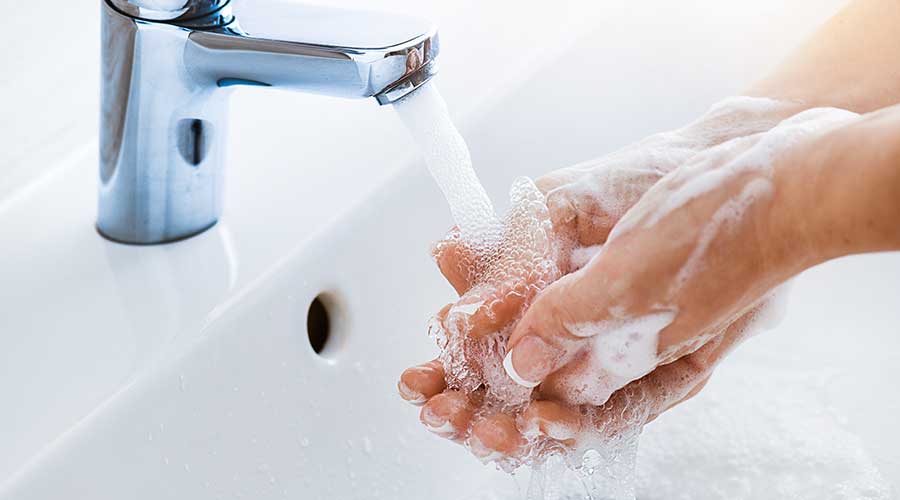Infection control has become even more important ever since the COVID-19 pandemic started. Containing the spread of infectious diseases is not only important in the public sphere, but within healthcare facilities especially. These facilities are home to critical clinical staff and vulnerable patients. However, they are also a breeding ground for those infectious diseases. Once a disease infects someone within the facility, a greater spread can begin.
Controlling that spread involves many facets, including sanitization, ventilation/indoor air quality, personal protective equipment (PPE) and testing. Though, there is one simple and seemingly mundane way of fighting the spread of infectious diseases: hand washing.
Case in point, a recent bacterial outbreak at a Seattle hospital.
Since October 2022, the Virginia Mason Medical Center located in Seattle has been battling an outbreak of Klebsiella pneumoniae. This bacterium, which has infected at least 31 patients and claimed four of their lives, can cause pneumonia, meningitis and wound/bloodstream infections. It also happens to be rather common in healthcare facilities and is antibiotic resistant. Public health officials have commented that the outbreak is still an issue, however, case rates are coming down.
In cases like this, infection control is paramount to prevent any further spread of bacteria. Klebsiella pneumoniae is spread from person-to-person contact. According to Healthline, the best defense against this type of spread is frequent hand washing.
Additionally, infections can spread in a few other ways via hands. From the Minnesota Department of Health, these are five common ways infections can spread:
- Nose, mouth or eyes to hands to others
- Hands to food
- Food to hands to food
- Infected child hands to other children
- Animals to people
Bearing that in mind, hands play a key role in the spread of many different infectious diseases, and not just bacterial ones. Other highly contagious infections, such as norovirus, can also be fought off through frequent hand washing. These two examples are of bacterial and viral spreads, so what about fungal? Even for fungal infections, the Centers for Disease Control and Prevention (CDC) list proper hand hygiene as a primary measure for infection control of Candida auris, a fungal infection currently spreading in healthcare settings throughout the U.S.
What are some steps healthcare facilities can take to ensure proper hand washing and hygiene? According to the 2022 update of the SHEA/IDSA/APIC Practice Recommendations, these are seven strategies to prevent healthcare-associated infections via hand hygiene:
- Promote the maintenance of healthy hand skin and fingernails.
- Select appropriate products.
- Ensure the accessibility of hand hygiene supplies.
- Ensure appropriate glove use to reduce hand and environmental contamination.
- Take steps to reduce environmental contamination associated with sinks and sink drains.
- Monitor adherence to hand hygiene.
- Provide timely and meaningful feedback to enhance a culture of safety.
All in all, hand washing and hygiene are crucial to an effective infection control plan. It is a quick and simple way to ensure that infectious diseases of various types do not spread any further.
Jeff Wardon, Jr. Is the assistant editor for the facilities market.

 UF Health Hospitals Rely on Green Globes to Realize Their Full Potential
UF Health Hospitals Rely on Green Globes to Realize Their Full Potential How Healthcare Facilities Can Be Truly Disaster-Resilient
How Healthcare Facilities Can Be Truly Disaster-Resilient TriasMD Breaks Ground on DISC Surgery Center for San Fernando Valley
TriasMD Breaks Ground on DISC Surgery Center for San Fernando Valley Bigfork Valley Hospital Falls Victim to Data Breach
Bigfork Valley Hospital Falls Victim to Data Breach AI-Driven Facilities: Strategic Planning and Cost Management
AI-Driven Facilities: Strategic Planning and Cost Management